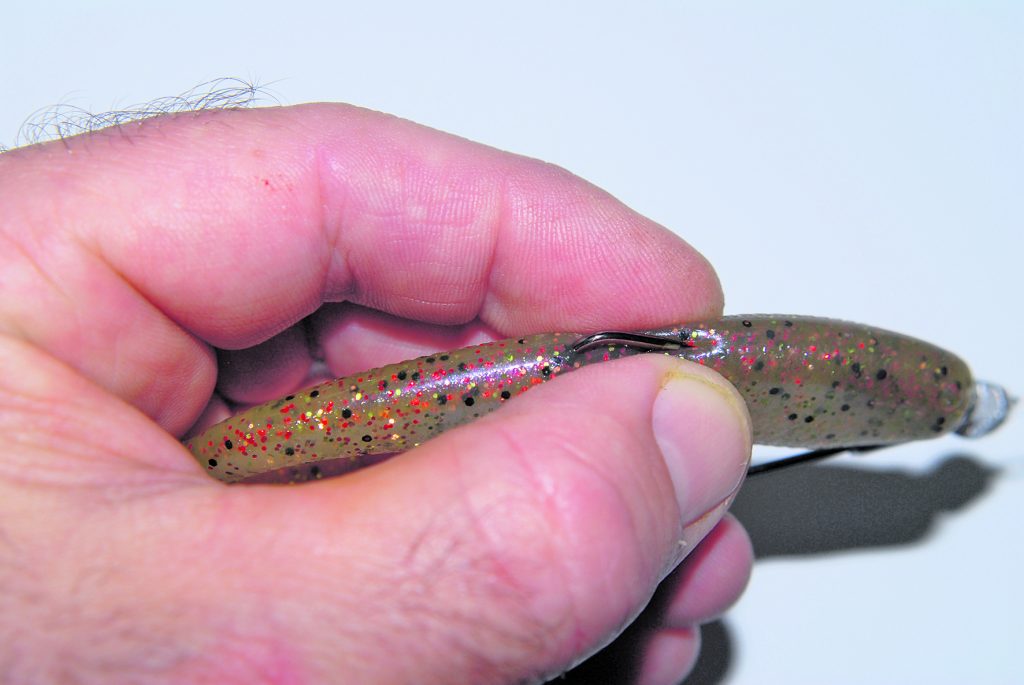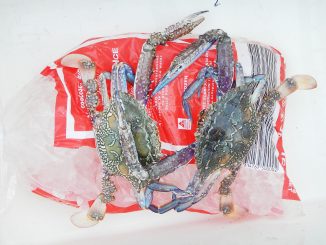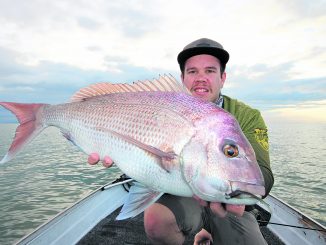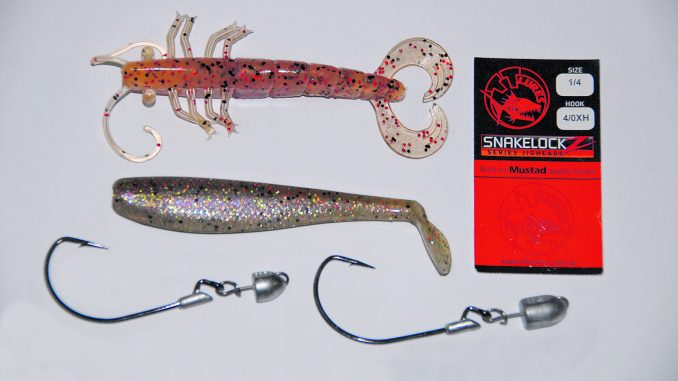
by Gordon Macdonald •
Mangrove jack and estuary cod become more frequent catches in rivers and estuaries in the warmer months. These fish like the meanest, gnarliest structure, which gives them both refuge and ambush locations. They commonly dart from the structure, engulf prey and head straight back into the thick of it, in the blink of an eye. Anglers need to get their offerings extremely close to the structure to elicit the strike, so having an offering that is unlikely to foul on structure is a major advantage.
Weedless or snagless rigging allows you to get your offering very close to structure and work the lure through or over the snag without fouling up. There are many ways to achieve this snag resistance for your soft plastics, but one of the easiest to use is the TT SnakelockZ rigs. They have a changeable weight system, plus a moulded locking device, which holds your plastic in place. This avoids the head of the plastic pulling back along the hook after a tail strike. Let’s look at how to effectively rig up, using these weedless rigs.
Soft plastic shads and prawns are common fare for species like cod, jacks, barra and trevally and many other species. SnakelockZ rigs come in an array of hook sizes and head weights. The weight off any hook size can easily be added to another hook size, which allows you to mix and match hooks and weights. For the ZMan SwimmerZ 4” and the Atomic Prong 4”, two of my favourites for snag fishing the estuaries, I commonly use a 4/0 hook.
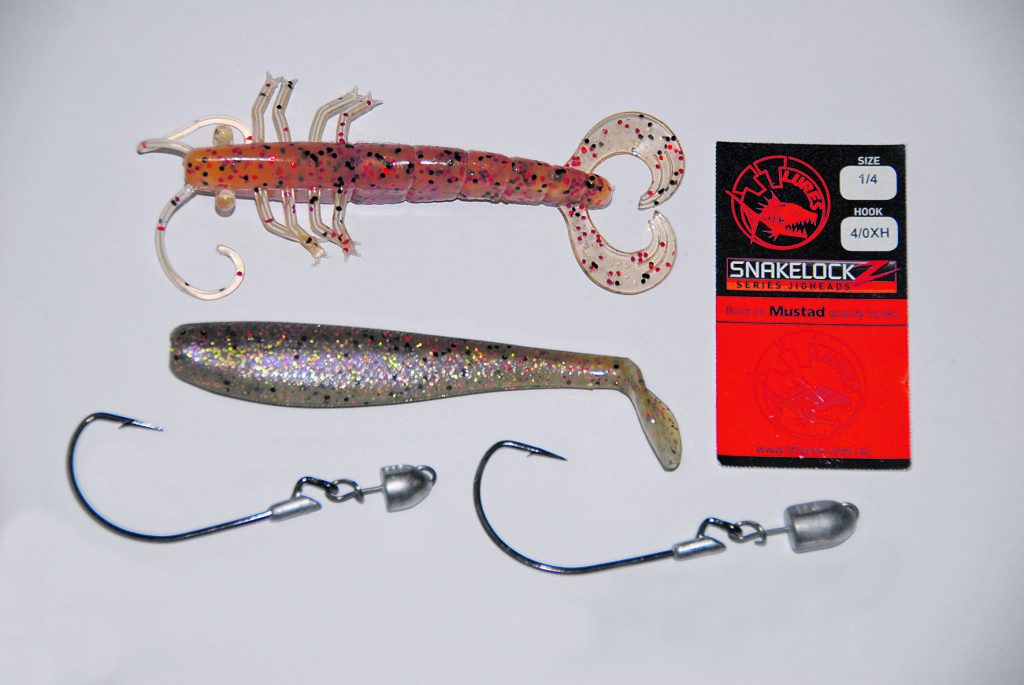
The weighted head attaches to the hook eye with a special stainless steel, pig-tail style spiral hook. When you want to change weights, or try another plastic rigged with a different hook, just twist the head off the hook eye by turning it to follow the pig-tail.
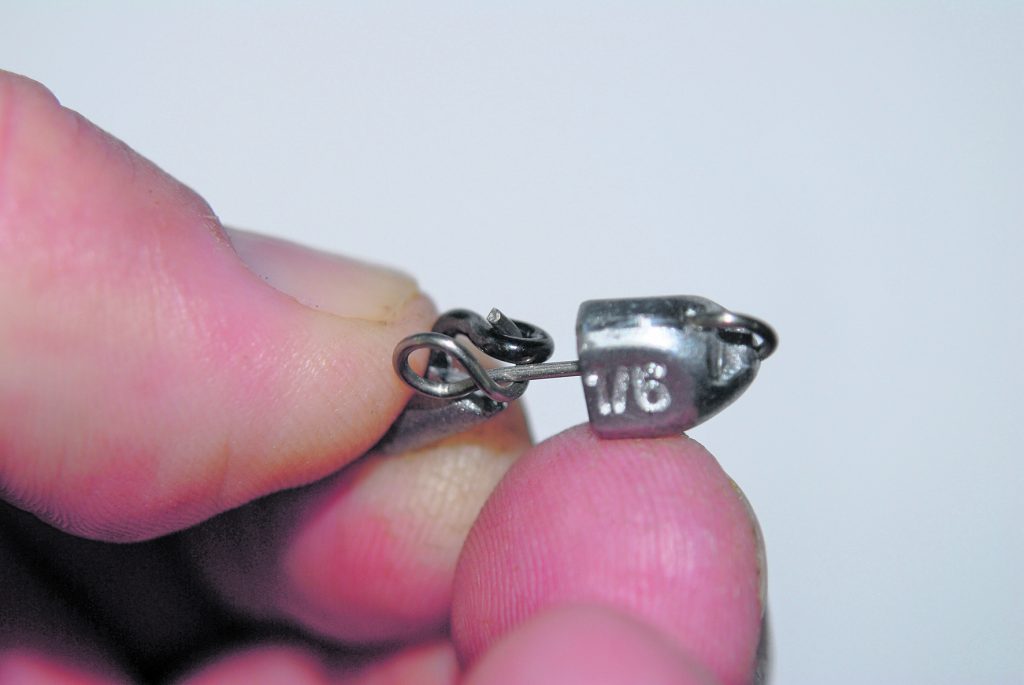
As all weights have the same spiral attachment, hooks from 2/0 to 8/0 and weights from 1/12oz to 1/2oz are interchangeable. The heavy-duty Mustad hooks are ideal for tough estuarine brawlers, yet there is a lighter duty SnakelockZ Finesse range for when you require a thinner gauge hook.
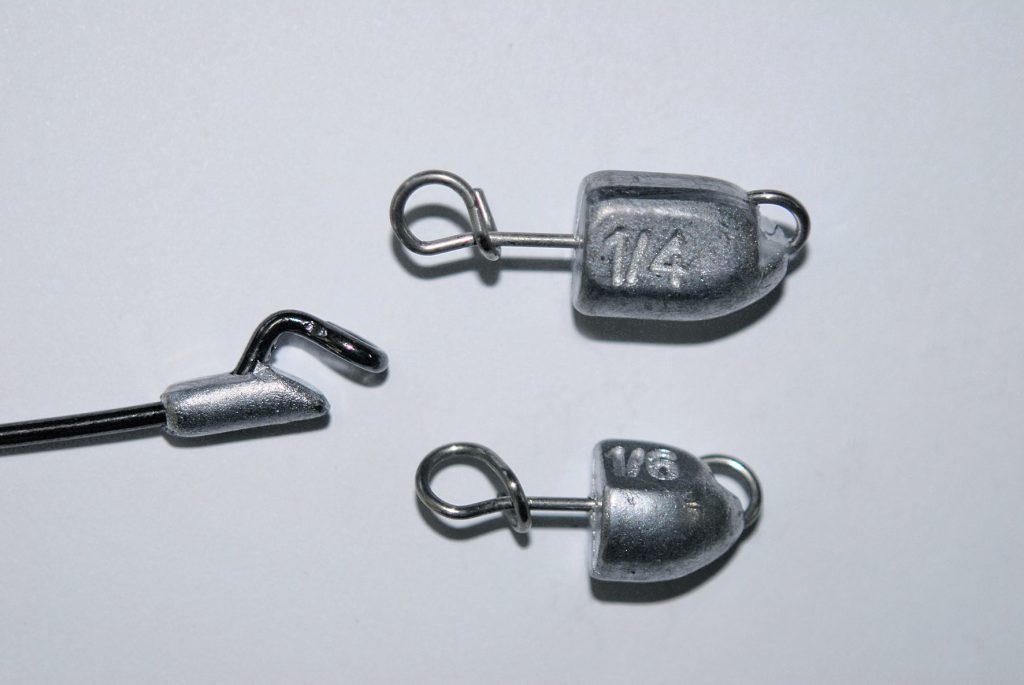
SnakelockZ have a small white metal ‘keeper’ lump moulded onto the neck of the hook, to stop the plastic being torn down the hook during a tail strike. However, this keeper doesn’t allow all plastics to be rigged in the conventional manner. Pushing this lump through the head of the plastic is likely to tear it and render it useless, especially soft plastics not made from ElaZtech.
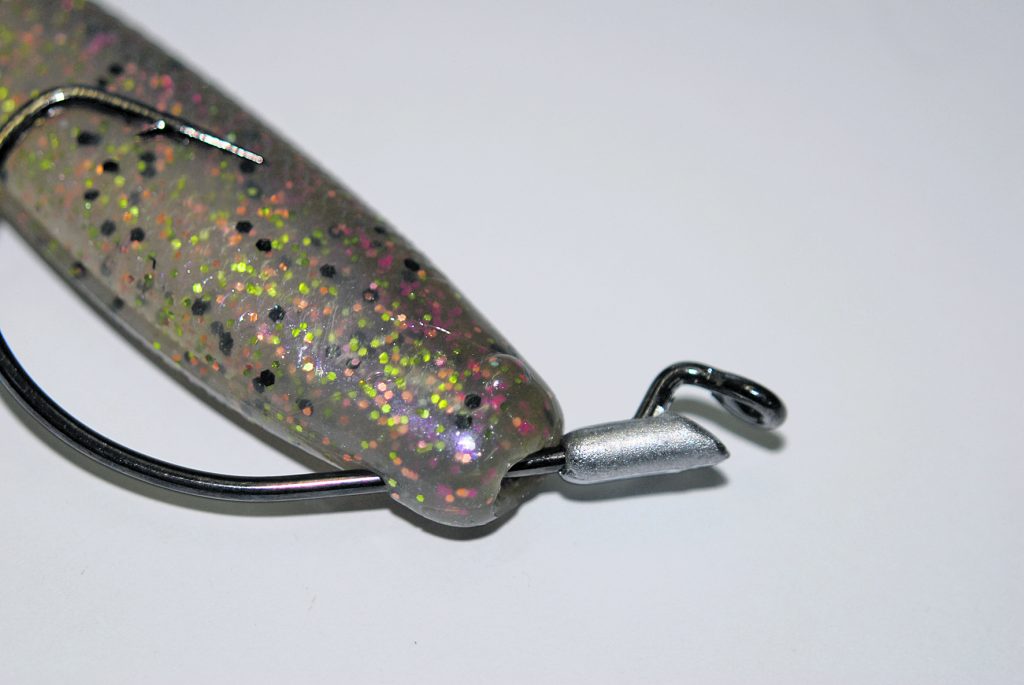
To rig our plastics, we actually need to insert the hook eye through the head of our plastic instead of the point. First, pierce the plastic in the correct spot using the hook point, to make a guide hole for the hook eye to push through.
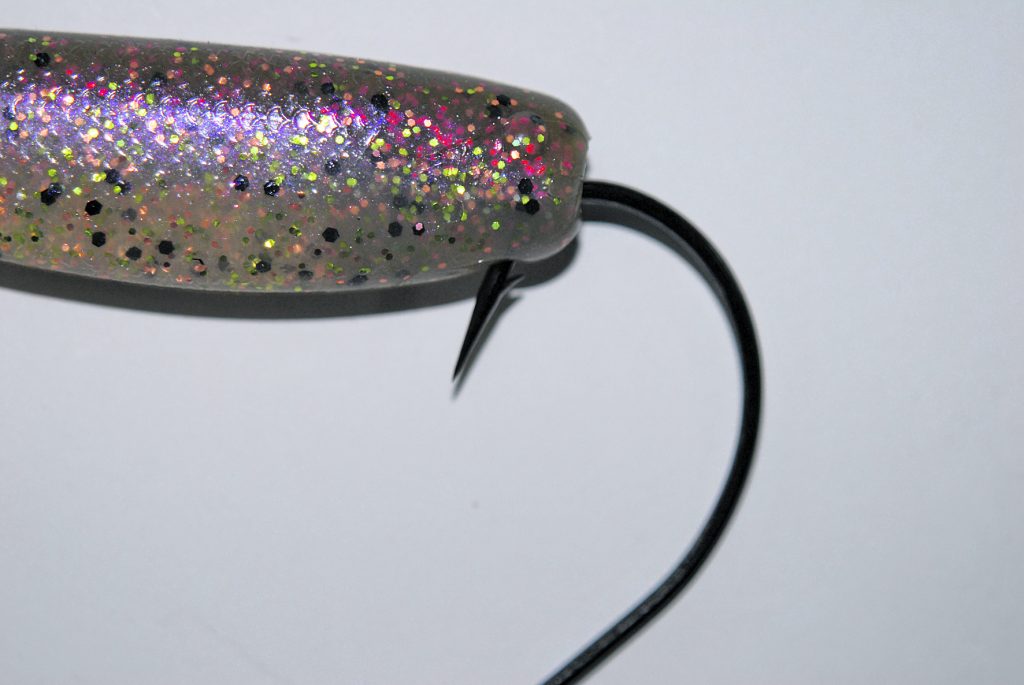
Push the hook eye through the hole you made in the head of the plastic from the underneath side, or chin, of the plastic while holding the head between your thumb and forefinger.
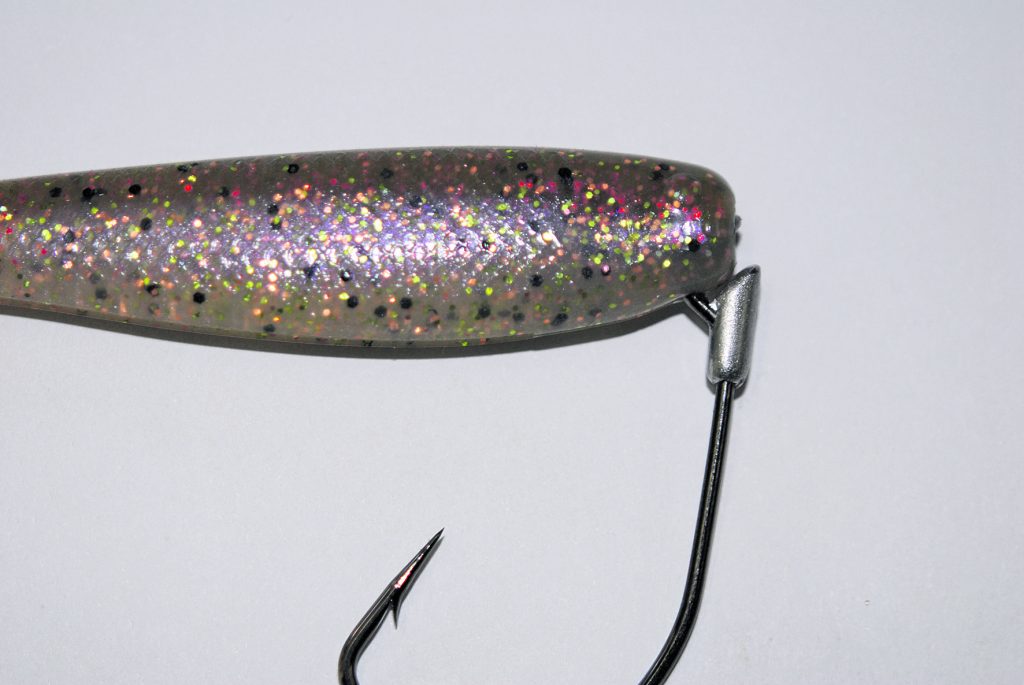
Once pushed all the way through, your plastic should sit like this on the hook, with the hook eye in the centre of the nose. The weight can be attached now if you wish to avoid the hook eye pulling out during the next stage of rigging.
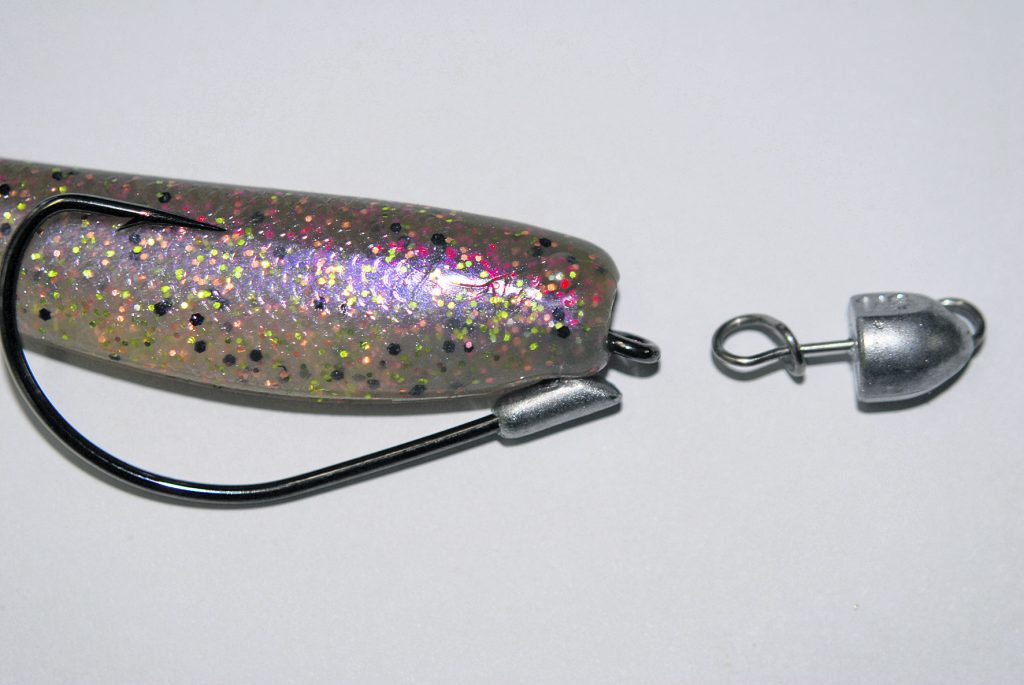
Put the point of the hook inside the belly slot if your plastic has one. Use the tip of your thumb to mark the position that coincides with the rear of the hook. This is where you need to push the hook point through.
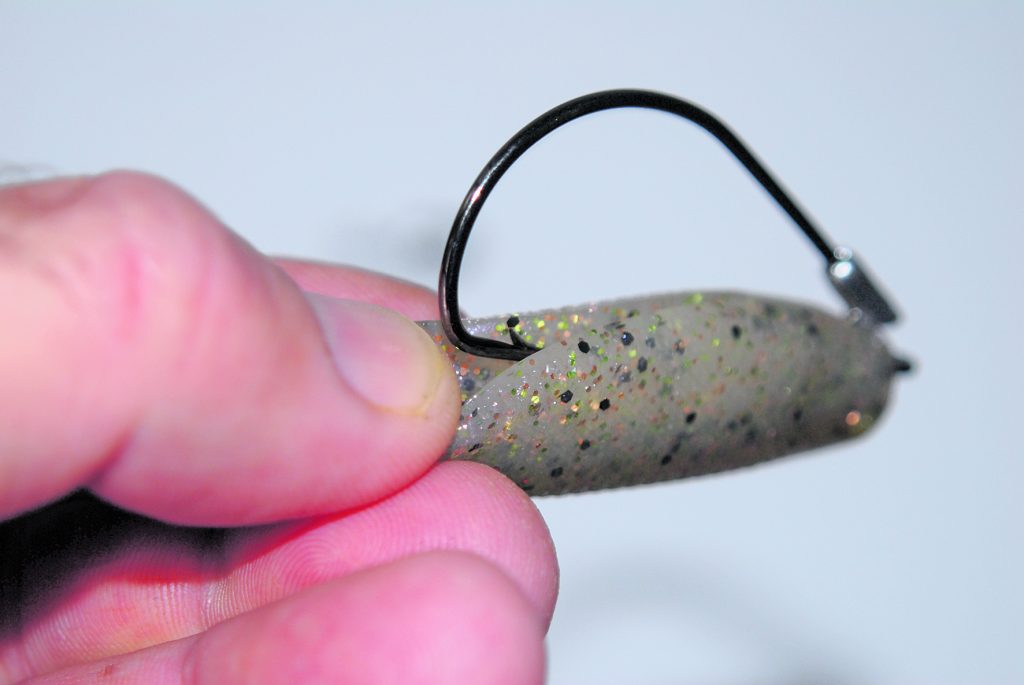
Position your plastic so that the point of insertion is in line with the hook point, and then push the point centrally through the back of the plastic. If you don’t get it correct first time, take it out and redo it. It’s important that the point exits centrally out the back.

Your rigged plastic should now look like this. The hook point is sitting flat along the back of the plastic, which offers a good degree of snag resistance. With the hook point inserted in the plastic, it can be worked over heavy structure without fouling. A strike will pop the hook point free. Many plastics can be rigged weedless. If you have no luck with a shad, you can quickly take it off the SnakelockZ and put on a prawn profile, already rigged with a hook, to get casting again within seconds. You’ll only need to cut your leader when you change your weight to a different size.
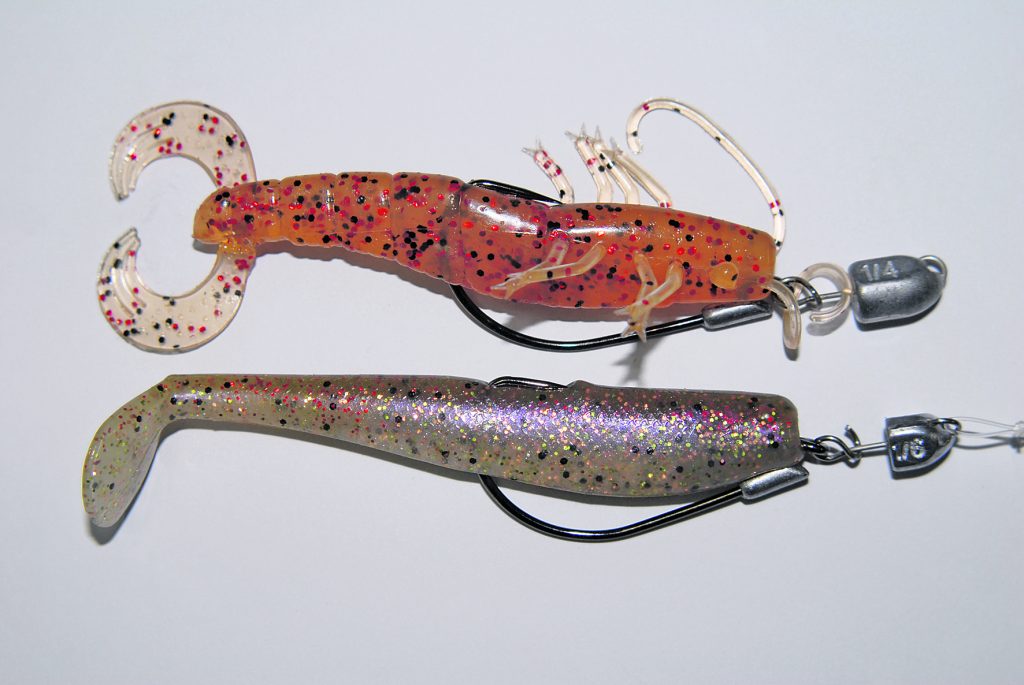
For even better snag-proofing you can use this trick. Firmly squeeze the area where the hook point is sitting to slightly push the plastic forward at this spot. As you release the pressure, let the first few millimetres of the hook point penetrate into the plastic.
